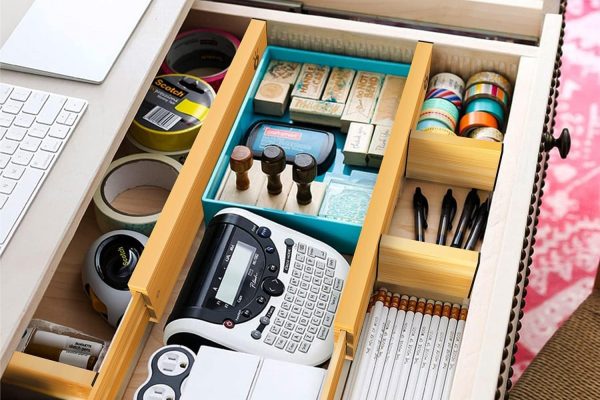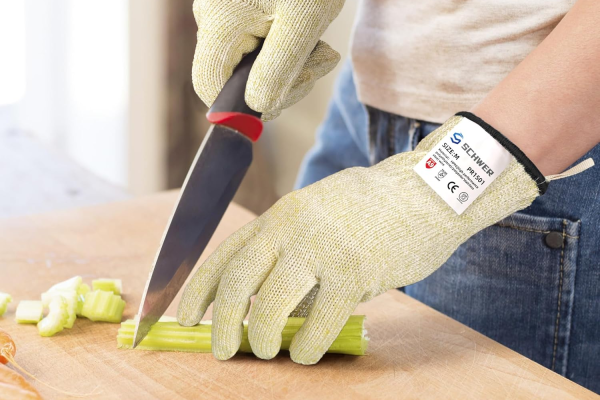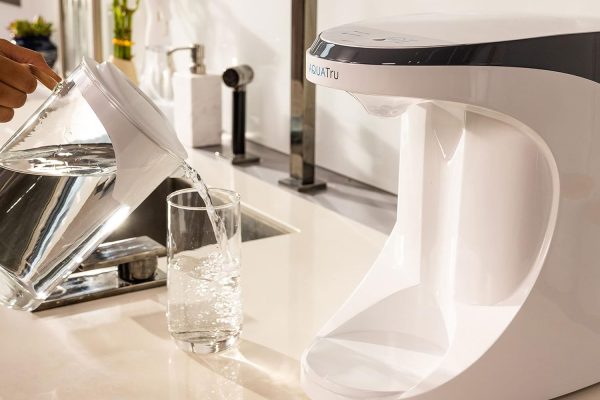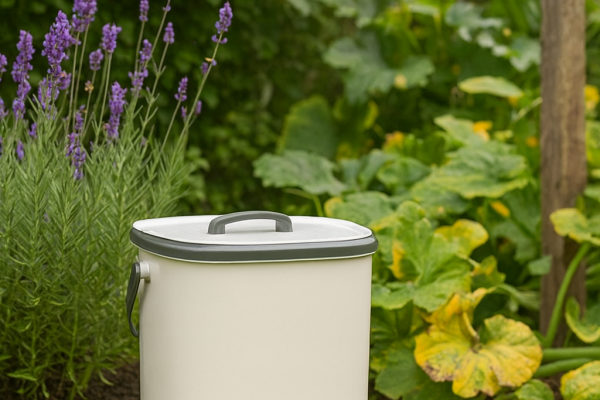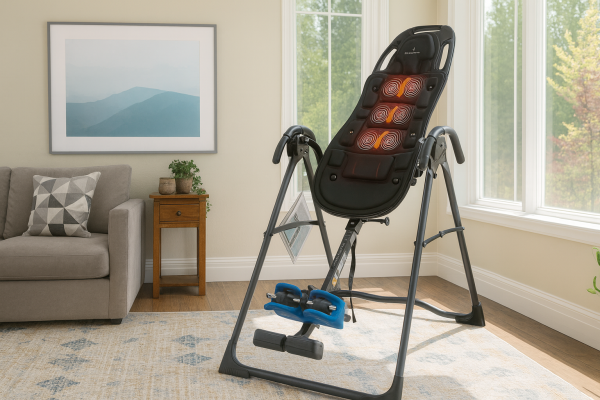Understanding Ear Wax: The Basics First
Your ears produce a waxy substance called cerumen. Despite what you might think, this isn’t waste. Cerumen serves three critical functions:
- Lubrication – Keeps ear canal skin moist and protected
- Moisture barrier – Prevents water damage and irritation
- Antimicrobial protection – Guards against bacterial and fungal infections
Your ear naturally expels cerumen through jaw movements. The problem occurs when wax hardens and becomes impacted, causing hearing loss, fullness, discomfort, or dizziness.
The most common cause? Cotton swabs. They push wax deeper into the canal instead of removing it, compacting the blockage and making impaction worse.
What is the Elephant Ear Washer?
Elephant Ear Washer Bottle System [click to view…]
The Elephant Ear Washer (EEW) is a consumer-grade device designed for home ear irrigation. The system includes:
- Squeeze-bottle reservoir (holds cleaning solution)
- Flexible hose with blue sprayer nozzle
- Internal clear plastic straw (critical component)
- Splash shield (catches drainage)
- Disposable tips
The device is available on Amazon and costs significantly less than professional cleaning visits, making it appealing for budget-conscious consumers.
Key Specification: The device requires a body temperature cleaning solution (typically warm water or saline). Temperature control matters—this prevents a reaction called the “caloric response,” which causes sudden dizziness or vertigo.
How Does It Actually Work?
Doctor Easy Wax-Rx Ph Conditioned Ear Wash System [click to view…]
The mechanism is straightforward: you fill the bottle with warm solution, attach the splash shield and disposable tip, insert the tip into your ear canal, and squeeze the trigger repeatedly to spray solution into the ear.
Here’s the critical detail that most users miss: the device only works well when wax is pre-softened.
Users report the highest success rates after using cerumenolytic drops (wax-softening drops) for 3-5 days before attempting irrigation. Without this pre-treatment step, the manual pressure from squeezing often proves insufficient to dislodge hardened wax.
The Pressure Problem:
This is where the EEW has a major limitation compared to professional systems. Medical-grade irrigation uses electronic pumps with regulated pressure and flow rates. The EEW relies entirely on your hand-squeezing power.
Translation: Results vary dramatically based on user strength, impaction severity, and cerumen hardness. Some users report it works “excellently,” while others say it provides “absolutely no force behind the flush.”
The device functions best as a high-volume flushing mechanism for already-softened wax, not as a high-pressure drill for tough blockages.
Effectiveness: What Real Data Shows
Consumer reviews tell an interesting story:
Successful Usage Patterns:
- Pre-treatment with softening drops for 3-5 days
- Gentle, repeated flushing (not forceful squeezing)
- Room-temperature or slightly warm solution
- Patience through multiple applications
- Resolution of partial impactions rather than severe blockages
Common Failure Points:
- Attempting to remove hard impaction without pre-treatment
- Using cold water (triggers dizziness)
- Single-attempt usage expecting immediate results
- Severe or deeply impacted cerumen
Professional clinical guidelines recognize irrigation as effective, but modern practitioners increasingly prefer microsuction (a vacuum-based removal method under direct visualization) for safety reasons.
Safety Profile: What You Must Know
This is where the conversation becomes serious. Ear irrigation carries documented risks that medical professionals take very seriously.
Potential Complications from Ear Irrigation:

The Critical Safety Gap:
Here’s the problem with at-home use: You cannot see inside your ear canal. You cannot visually confirm your eardrum is intact. Medical professionals use otoscopy (visual inspection) before irrigation—you cannot.
If you have an undiagnosed eardrum perforation and use the EEW, pressurized water enters your middle ear. This causes severe pain, serious infection, and potential permanent hearing damage.
This isn’t theoretical risk—it’s a documented clinical concern that’s why medical professionals strongly caution against unsupervised home irrigation.
When You Absolutely Should NOT Use This Device
Do not use the Elephant Ear Washer if you have:
- Any history of ear surgery (except grommets that extruded more than 18 months ago with confirmed intact eardrum)
- Current or recent ear infection (within 6 weeks)
- History of eardrum perforation (ever)
- Unexplained ear pain or discharge
- Current ear drainage or bleeding
- Unilateral deafness (hearing loss in one ear only)
- History of cleft palate
- Immunocompromised status
- Uncertainty about eardrum integrity
If any of these apply to you, do not attempt home irrigation. See a medical professional instead.
Professional Alternatives: What You’re Comparing Against
Electronic Irrigation
Professional systems use electronic pumps that regulate pressure and temperature precisely. They eliminate the variability problem of manual squeezing. Cost: $100-300 at a clinic visit.
Microsuction (The Modern Standard)
Microsuction uses a gentle vacuum under continuous visualization using an operating microscope or endoscope. The practitioner sees the entire procedure—eliminating blind spots.
Why specialists prefer microsuction:
- Visual confirmation of eardrum integrity throughout
- Safe for patients with high-risk factors (prior surgery, perforations, scarred eardrums)
- Dry procedure (no fluid risk)
- Precise removal
The trade-off: Some patients find microsuction noisier or slightly uncomfortable compared to irrigation. Cost: $150-400 at an audiologist or ENT clinic.
The Diet Connection: Why Nutrition Matters
Here’s what research shows: Your diet influences cerumen consistency, production rate, and impaction risk.
The mechanism works through inflammation. Chronic systemic inflammation stimulates ceruminous glands (the glands that produce ear wax), potentially causing overproduction or thicker cerumen that doesn’t naturally expel.
Critical caveat: No single nutrient deficiency directly causes cerumen impaction. The relationship is indirect—supporting overall ear health through nutrition reduces inflammation and optimizes wax consistency.
Hydration: The Biggest Factor
This is the single most direct intervention: staying hydrated produces softer, more mobile cerumen.
When you’re dehydrated, glands throughout your body produce thicker secretions. Cerumen becomes harder and drier. Hard, dry wax cannot be easily moved by natural jaw movements—it gets stuck.
Practical application: Drink sufficient water daily. A general guideline is half your body weight in ounces (a 150-pound person aims for 75 ounces, or about 9 cups daily).
Omega-3 Fatty Acids: Anti-Inflammatory Support
 Omega-3 PUFAs have well-documented anti-inflammatory properties. By reducing chronic inflammation throughout your body, omega-3s theoretically minimize the inflammatory stimulus that overstimulates ceruminous glands.
Omega-3 PUFAs have well-documented anti-inflammatory properties. By reducing chronic inflammation throughout your body, omega-3s theoretically minimize the inflammatory stimulus that overstimulates ceruminous glands.
Research also links higher omega-3 intake to better hearing health and reduced age-related hearing decline.
Best sources:
- Fatty fish (salmon, mackerel, sardines, trout)
- Walnuts and flaxseeds
- Chia seeds
- Fish oil supplements (if dietary intake is low)
Practical target: 2-3 servings of fatty fish weekly, or equivalent plant-based omega-3 sources.
Antioxidants: Immune System Support

Vitamins A, C, and E strengthen immune function. Better immune status means:
- Reduced ear infection risk (infections alter cerumen properties)
- Faster tissue healing
- Lower vulnerability to complications
Best sources:
- Citrus fruits (vitamin C)
- Leafy greens like spinach (vitamins A, C)
- Berries (antioxidants)
- Nuts and seeds (vitamin E)
- Colorful vegetables (mixed antioxidants)
Zinc and Magnesium: Mineral Support
Blueprint Bryan Johnson Non Dairy Cocoa Powder [click to view…]
Zinc: Essential for immune function and tissue repair. Deficiency correlates with poorer hearing status and increased infection vulnerability.
Magnesium: Protects inner ear function and may prevent noise-induced hearing loss.
Best sources:
- Pumpkin seeds (both minerals)
- Oysters and shellfish (zinc)
- Almonds (magnesium)
- Chickpeas (both minerals)
- Dark chocolate (magnesium)
What to AVOID or LIMIT
Pro-inflammatory foods that may worsen cerumen issues:
- Refined sugars and highly processed carbohydrates
- Fried and deep-fried foods
- Excessive sodium (processed foods, packaged snacks)
- Unhealthy fats (trans fats, excessive saturated fats)
These promote systemic inflammation, which may stimulate cerumen overproduction or change wax consistency negatively.
Anecdotal triggers (worth monitoring for personal response):
- Dairy products
- Spicy foods
- Gluten (for sensitive individuals)
These are not universally problematic, but some individuals report they increase cerumen production. Track your personal response.
Action Steps: Your Next Move
If you want to try the Elephant Ear Washer:
- Confirm you have no contraindications (review the list above)
- Obtain cerumenolytic drops (available over-the-counter)
- Use softening drops for 3-5 days
- Test solution temperature on your inner wrist first
- Use the device gently with repeated flushing (not forceful squeezing)
- If unsuccessful after 2-3 attempts, stop and see a professional
For prevention, starting today:
- Increase water intake to half your body weight in ounces daily
- Add fatty fish to your diet this week
- Start eating one colorful fruit or vegetable per meal
- Limit processed foods and excess salt
- Consider a magnesium-rich snack daily (pumpkin seeds, almonds)
Red flag awareness:
If you experience any of the following after using home irrigation, stop immediately and seek medical attention:
- Sudden sharp pain
- Hearing change or loss
- Discharge or bleeding
- Dizziness or vertigo
- Sensation of fullness that worsens
Bottom Line
The Elephant Ear Washer can be an effective, affordable option for softened cerumen when used cautiously. However, it’s not appropriate for everyone, and it carries real safety risks when used without professional guidance.
Your best defense is prevention: stay hydrated, eat an anti-inflammatory diet rich in omega-3s and antioxidants, and maintain healthy zinc and magnesium levels. These dietary strategies address root causes of excessive cerumen production and optimize natural wax consistency for self-expulsion.
If you have any doubt about your eardrum’s integrity or experience symptoms like unexplained pain, discharge, or hearing changes, skip the home device and see a qualified healthcare provider. The cost difference is minimal compared to the risk of permanent hearing damage.
Your ears are too valuable to guess about.
Medical Disclaimer: This article provides educational information only. For medical advice or diagnosis, consult a qualified healthcare professional.
Dora Decora is a biophilic interior design specialist and passionate blogger. With a deep commitment to integrating nature into living spaces, Dora specializes in creating environments that foster human-nature connections through thoughtful design elements. Her approach emphasizes sustainable materials, natural lighting, and organic patterns that enhance wellbeing and reduce environmental impact.
This post (https://homechroma.com/elephant-ear-washer) was originally published by Dora Decora on Home Chroma. As an Amazon Associates partner, we are compensated for all qualifying purchases.









